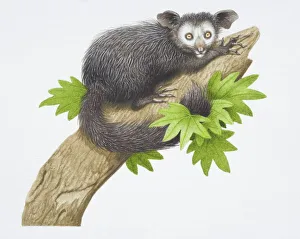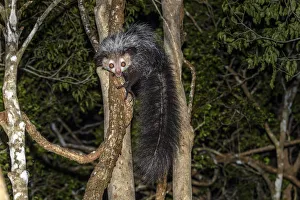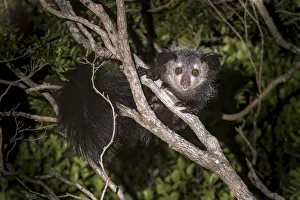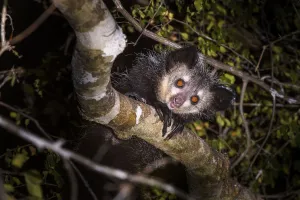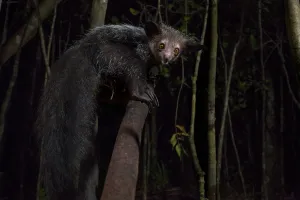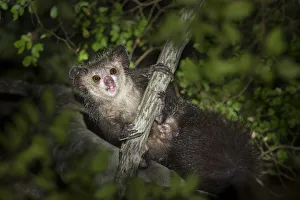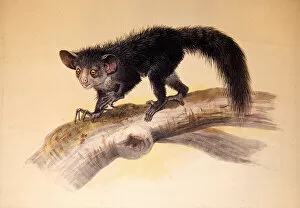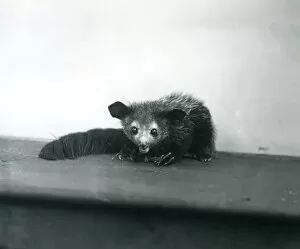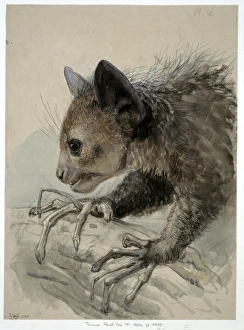Daubentoniidae Collection
The Daubentoniidae family is home to the unique and fascinating Aye-aye, scientifically known as Daubentonia madagascariensis
All Professionally Made to Order for Quick Shipping
The Daubentoniidae family is home to the unique and fascinating Aye-aye, scientifically known as Daubentonia madagascariensis. These nocturnal creatures are found in the forests of Madagascar, where they spend their nights actively foraging in the forest canopy. With their large eyes and distinctive elongated fingers, Aye-ayes are perfectly adapted for their arboreal lifestyle and can be spotted perched on trees, looking down from branches with a sense of curiosity and intelligence. Despite their intriguing appearance, Aye-ayes face numerous challenges that have led them to become an endangered species. Their habitat loss and hunting by humans have put these remarkable creatures at risk. In 1861, a color lithograph captured the essence of an Aye-aye's uniqueness. Even back then, people were captivated by this extraordinary animal. In October 1913, a black-and-white photograph taken at London Zoo showcased one of these captivating creatures up close. Today, conservation efforts aim to protect the remaining populations of Aye-ayes in Madagascar's forests. Organizations work tirelessly to raise awareness about these incredible animals and ensure their survival for future generations. Observing an adult Aye-aye emerging from its nest at dusk or witnessing it actively foraging under moonlit skies is truly a sight to behold. The Palmarium Reserve in Atsinanana or Bekaraoka Forest provide glimpses into the world where these elusive creatures reside. Let us cherish and protect this enigmatic species so that future generations can continue marveling at the wonders of nature embodied by Daubentonia madagascariensis - the incredible Aye-aye.

